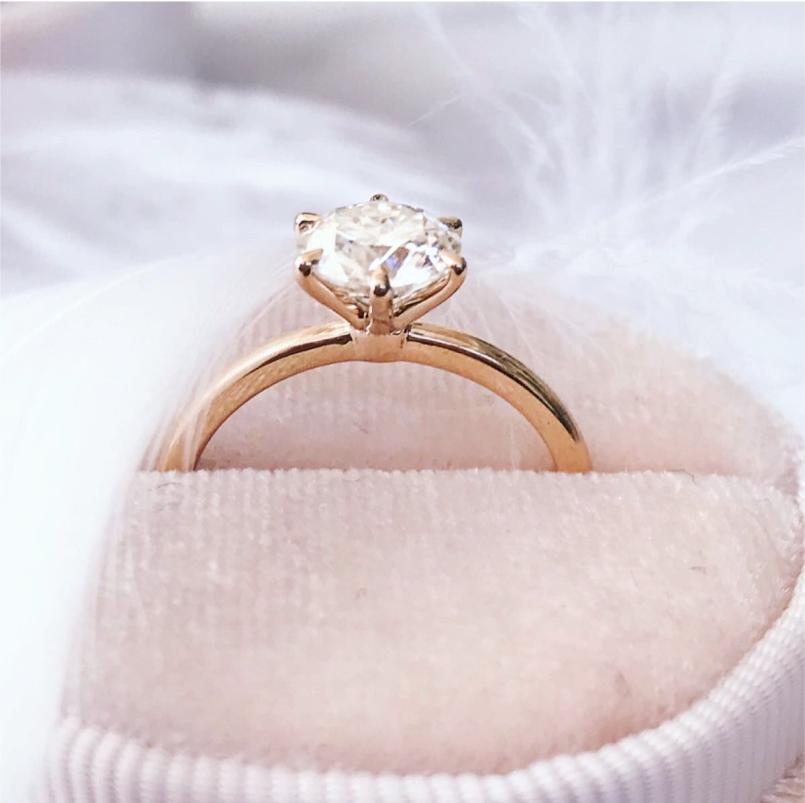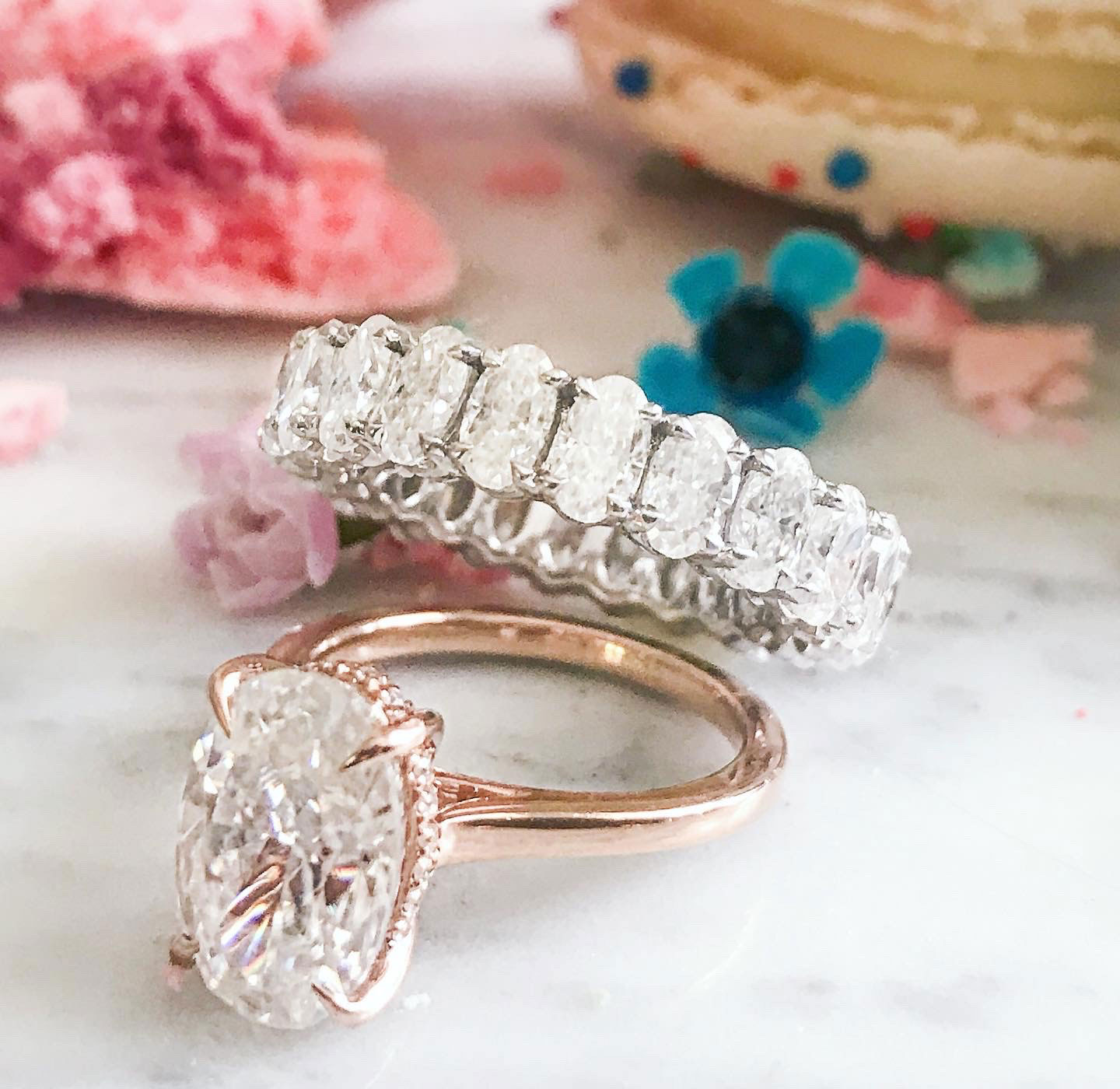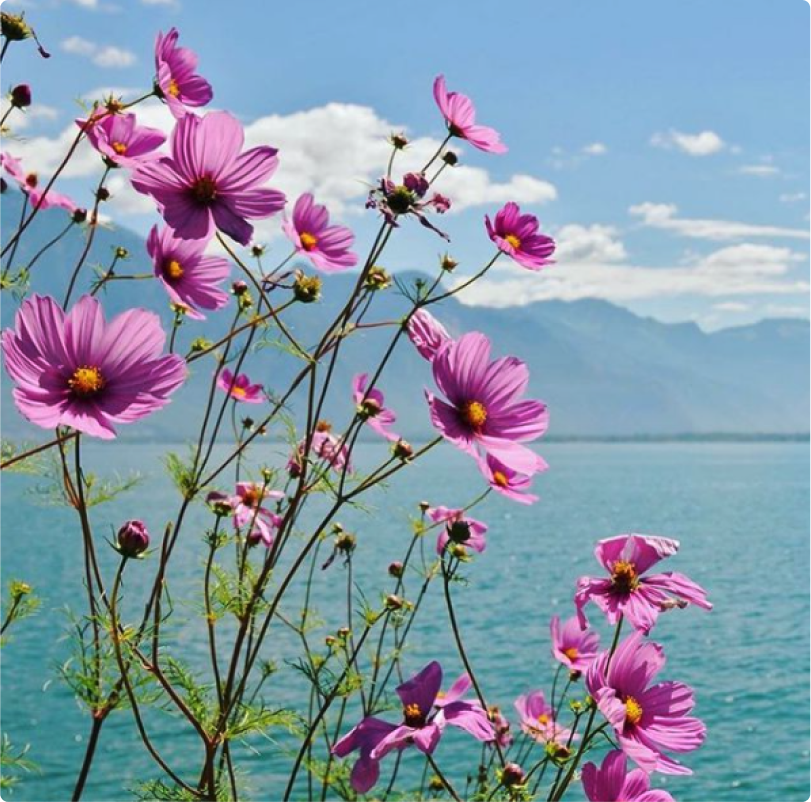In this age of transparency, and what we know about the mining industry, many consumers are questioning whether their jewellery purchases are supporting an industry that turns a blind eye to the exploitation of people and the environment. Many are not willing to give their money to an industry that is doing so much harm to our world. Fortunately this has put pressure on finding alternative ways to source diamonds and gemstones.
Cultured stones are the answer to these issues, created in a laboratory environment and absolutely identical in the chemical and optical make up of their mined counterparts.
 They do not require the digging up the earth and the pollution that creates.
They do not require the digging up the earth and the pollution that creates. They do not put people and children in harms way.
They do not put people and children in harms way. They are priced at 30-50% less than mined stones.
They are priced at 30-50% less than mined stones.
No one, family, friend or jeweller will ever tell the difference between a cultured gem and a mined gem, because there is no difference, they are absolutely optically and chemically identical, just sourced from different methods. Only an advanced lab like the GIA can tell how a diamond is grown, in the earth or in a lab.


